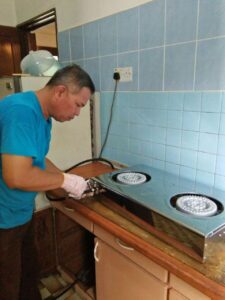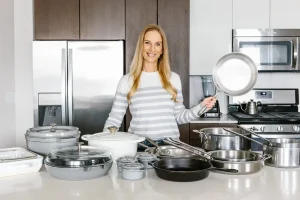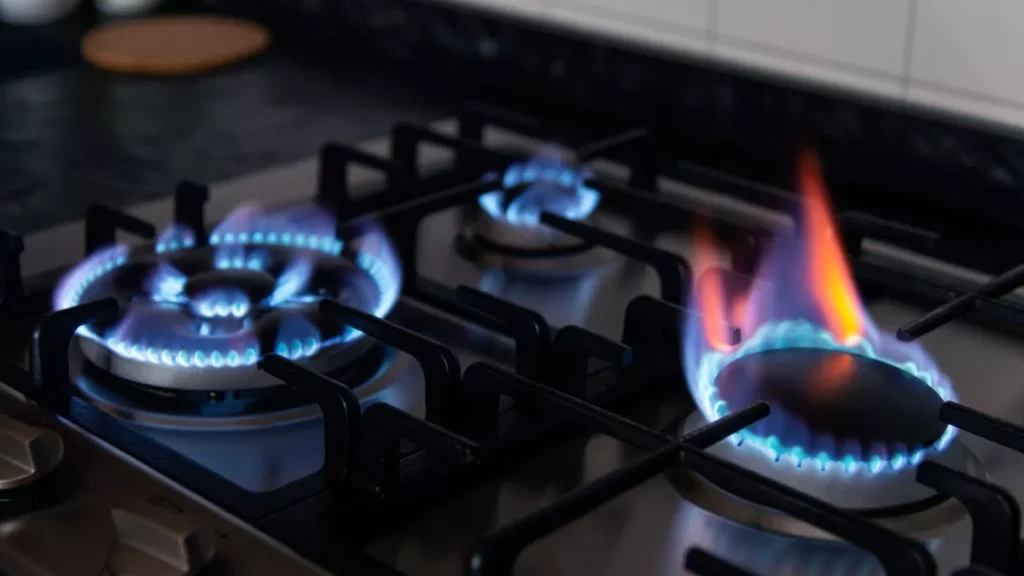Many discerning home cooks favor gas stoves for their ability to provide precise temperature control, quick heating, and visual heat monitoring. This occurs due to the familiarity and visual attractiveness of flame monitoring and control. Indeed, as with many other appliances, the key to guaranteeing your safety and maximizing its efficiency lies in using it correctly. Cooking is a daily activity for many, but it can pose a danger with a gas stove if proper precautions are not observed. Stovetop safety is essential for avoiding kitchen fires, which are a major factor in household fires.
ENSURE TO INSPECT THE GAS LINE FOR ANY LEAKS
Gas leaks have the potential to result in fires, explosions, or carbon monoxide poisoning. It is advisable to upgrade old gas pipes, as newer ones are more resistant to corrosion and wear. This results in a longer lifespan and reduces the need for frequent repairs. Moreover, they are crafted to enhance gas flow, resulting in improved combustion efficiency and cooking performance. Some indications of a gas leak include a ‘rotten egg’ odor, a faint hissing sound, and a flame with a yellow hue. To confirm, lightly spray soapy water on the area of interest. If bubbles are present, it indicates the location of the leak. Once the confirmation is completed, kindly switch off all burners and proceed to turn off the gas. Open your windows and doors, then exit the room. Please contact your local gas supplier or the fire department immediately to address and repair the gas leakage.

DO NOT LET THE BURNER RUN WITHOUT IGNITION
Gas should flow upwards with the igniter sparking instantly to produce a flame. There should be no delay in ignition. If you hear a click when you turn on the burner, but the flame is delayed or nothing lights up at all, the igniter may be clogged. Please turn off the burner promptly to halt the gas flow. Afterwards, clean it and allow a few minutes before reactivating it. Similarly, when adjusting to the lowest flame level, ensure it does not extinguish. Otherwise, gas will continue to seep out.

USE THE RIGHT COOKWARE
Make sure to match the size of your pan with the size of your flame. Small cookware can be utilized for swift, low-heat cooking, whereas larger cookware is more suitable for high-heat cooking. Otherwise, a large flame beneath a small pan could extend to the cookware’s rim, resulting in burns to your hand. While gas stoves offer the convenience of accommodating various types of cookware, it’s important to note that not all materials perform equally. Certain materials can deform under high temperatures, whereas others have poor heat conductivity which results in uneven distribution of heat. Opt for stainless steel, hard-anodised aluminium, copper, cast iron, and carbon steel for superb results when cooking on a gas stove.


